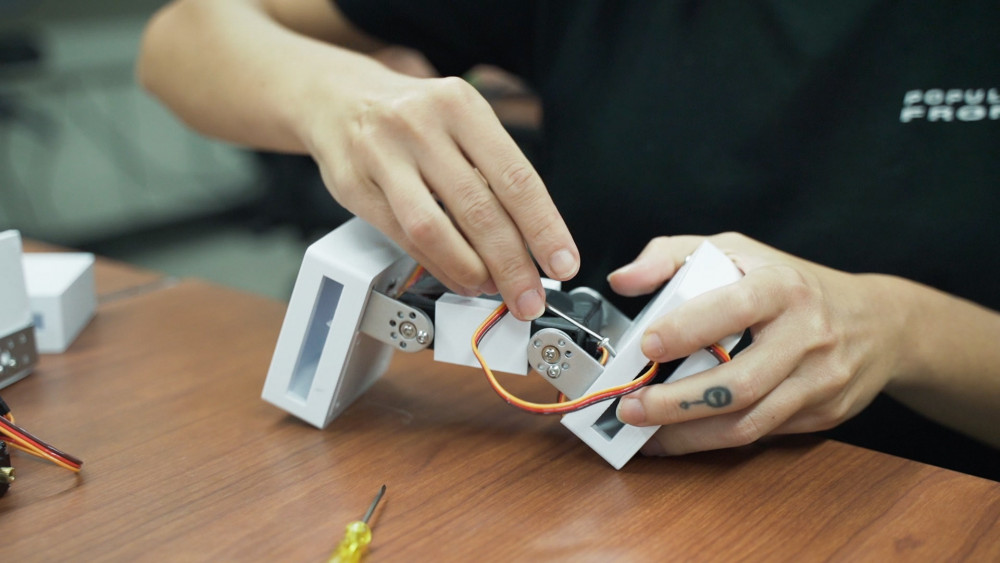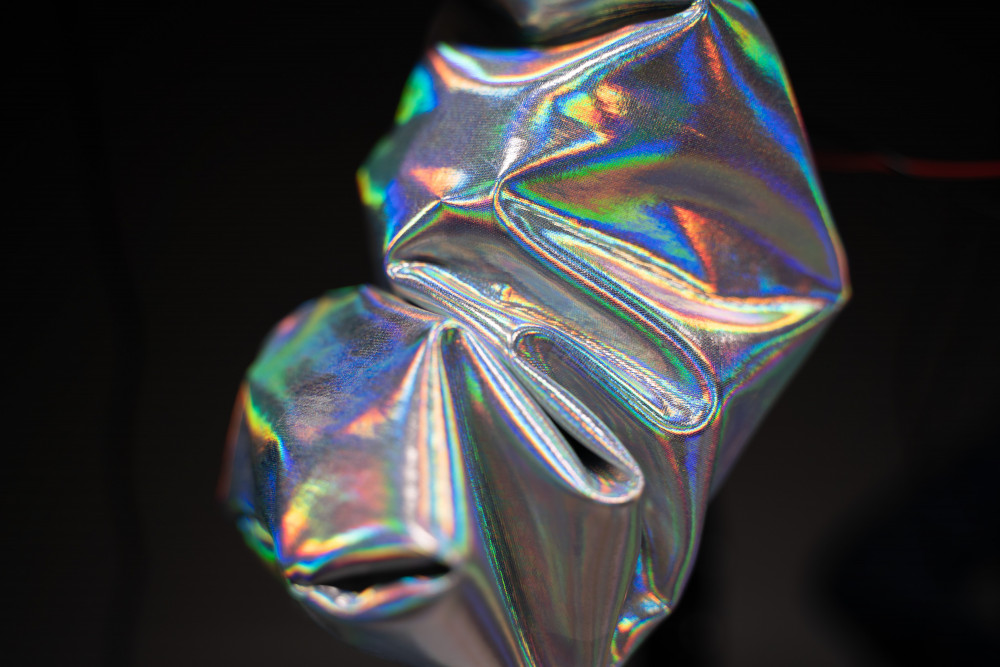This project proposes the diversification of technological development across cultural, historical, and temporal dimensions.
It is based on designing and developing an alternative cognitive machine, constructed from handmade electronics. This machine intentionally diverges from the mainstream use of dominant AI techniques, such as Machine Learning (ML). Instead, it aspires to be acknowledged by the audience as cognitive, emphasizing its operational characteristics and code structure. Unlike other proposals around the intersection between AI and art, which often center around the creative potential of machines, this project focuses on researching and experimenting with the essential characteristics that artificial cognitive systems must possess to be recognized as existing and sentient organisms. Only after this process of autonomy of technical systems can we genuinely discuss machine creativity.
The primary expression of cognitive processes in the machine follows two paths:
- The structure and execution of its code (algorithmic computation).
- How this structure and execution manifest in its physical composition (physical computation).
Hence, both the code and the machine are presented to the audience.
The overarching goal of the proposal is to challenge the prevailing role of spoken and written language in cognition expression and machine-human communication. It places a particular emphasis on embodied expression through its handcrafted robotics configuration. The main artistic strategy for experimentation involves designing various mechanical personalities that enable the devices to communicate and assume roles, fostering recognition by the audience as both similar and different, yet non-threatening. The ultimate goal is to evoke perceptions of existence and sentience in these mechanical organisms.



